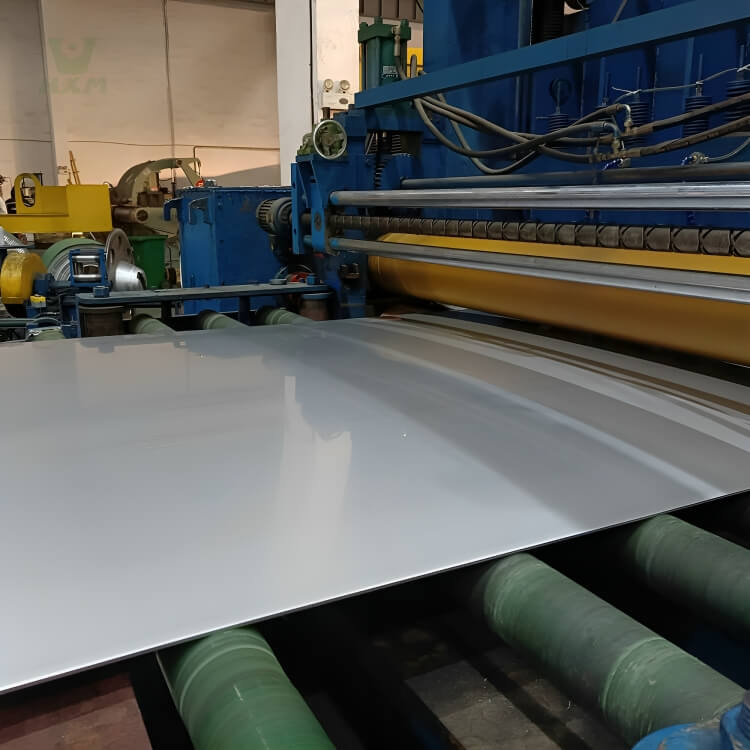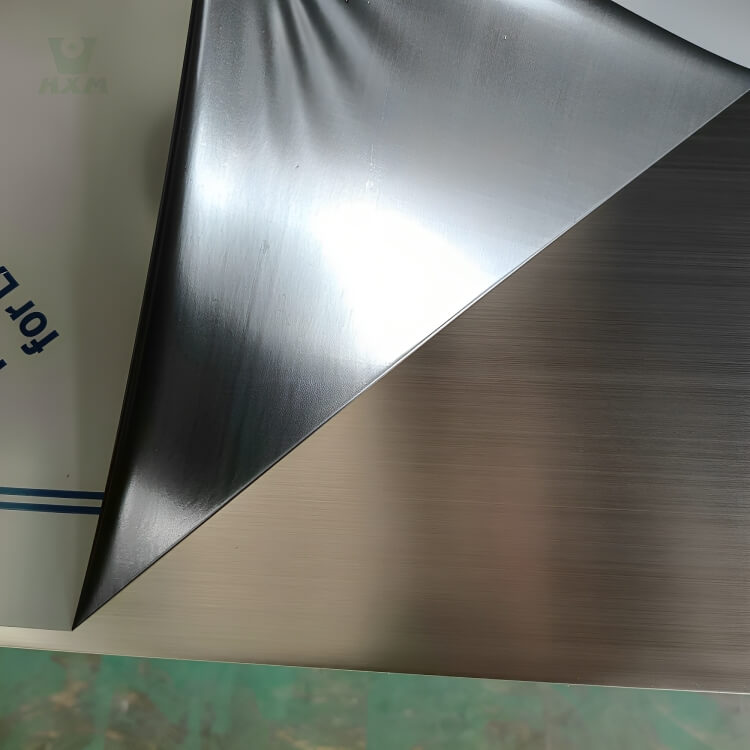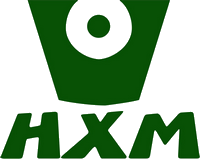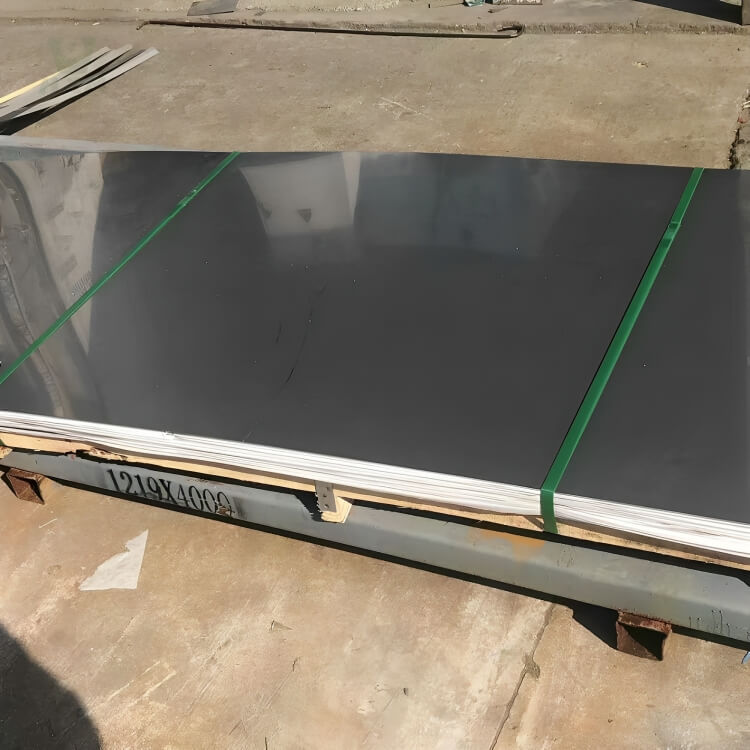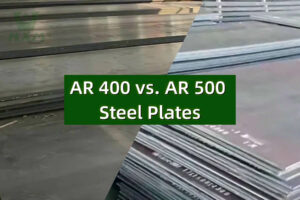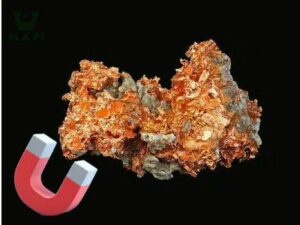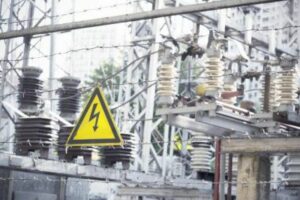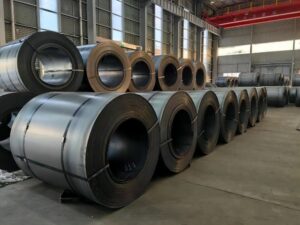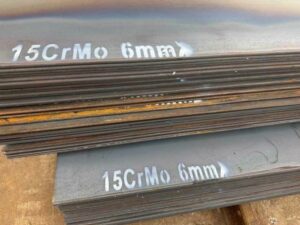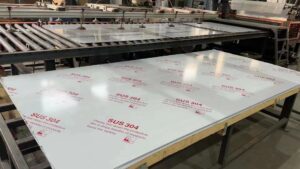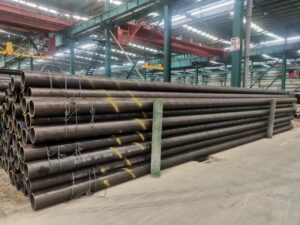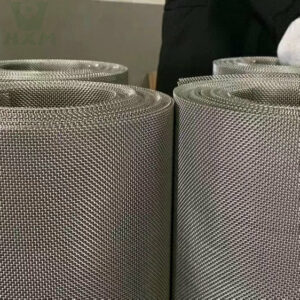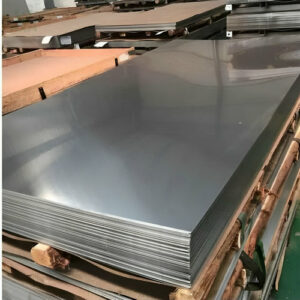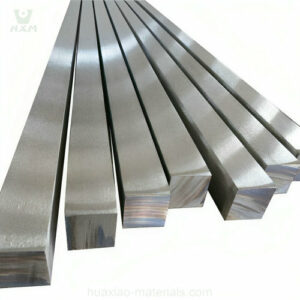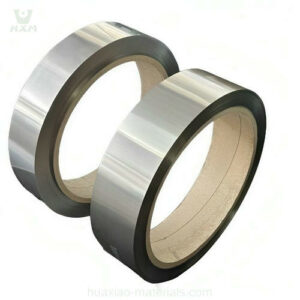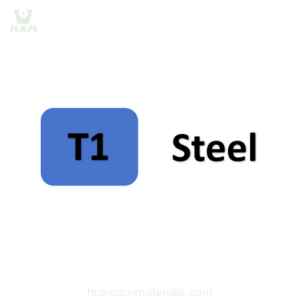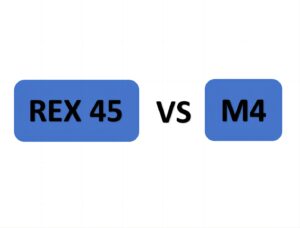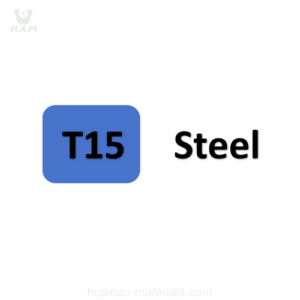304L stainless steel sheet finds widespread use across various industries and applications due to its excellent corrosion resistance, versatility, and weldability. Here are some common industries and applications where 304L stainless steel sheet is commonly used:
Food Processing: 304L stainless steel sheet is widely used in the food and beverage industry for equipment such as food processing machinery, storage tanks, conveyor systems, and food preparation surfaces. Its corrosion resistance and ease of cleaning make it ideal for maintaining hygiene and preventing contamination.
Pharmaceuticals: Similar to the food industry, pharmaceutical manufacturers utilize 304L stainless steel sheet for equipment, vessels, and storage tanks due to its sanitary properties and resistance to chemical corrosion.
Chemical Processing: In chemical plants, 304L stainless steel sheet is used for pipes, valves, pumps, and tanks where it resists the corrosive effects of various chemicals and acids. Its ability to withstand a wide range of chemical environments is a significant advantage.
Construction: 304L stainless steel sheet is employed in architectural and construction applications, including cladding, roofing, and decorative elements. Its aesthetic appeal, durability, and resistance to weathering make it a popular choice.
Automotive: This alloy is used in the automotive industry for components such as exhaust systems, mufflers, and catalytic converters due to its resistance to high-temperature environments and corrosion.
Medical Equipment: 304L stainless steel sheet is used in medical and dental instruments, as well as for surgical equipment and implantable devices due to its biocompatibility and corrosion resistance.
Aerospace: In the aerospace sector, 304L stainless steel sheet is utilized for aircraft components, particularly those exposed to harsh environmental conditions. Its combination of strength, corrosion resistance, and lightweight properties is valuable in this industry.
Oil and Gas: For oil and gas exploration and production, 304L stainless steel sheet is used in pipelines, wellheads, and offshore platforms where it provides resistance to corrosion in corrosive environments.
Heat Exchangers: The heat exchanger industry relies on 304L stainless steel sheet for its resistance to corrosion and thermal performance, making it suitable for various heat transfer applications.
Water and Wastewater Treatment: 304L stainless steel sheet is used in water treatment plants for tanks, piping, and equipment exposed to water and chemicals. Its corrosion resistance ensures long-term reliability.
Fabrication: It serves as a versatile material for sheet metal fabrication, including architectural panels, enclosures, and custom-designed components.
Transportation: In the transportation sector, 304L stainless steel is employed for truck trailers, railcars, and shipping containers due to its durability and corrosion resistance.
These are just a few examples of the many industries and applications where 304L stainless steel sheet is commonly utilized. Its combination of corrosion resistance, versatility, and ease of fabrication makes it a preferred material for a wide range of projects across various sectors.
